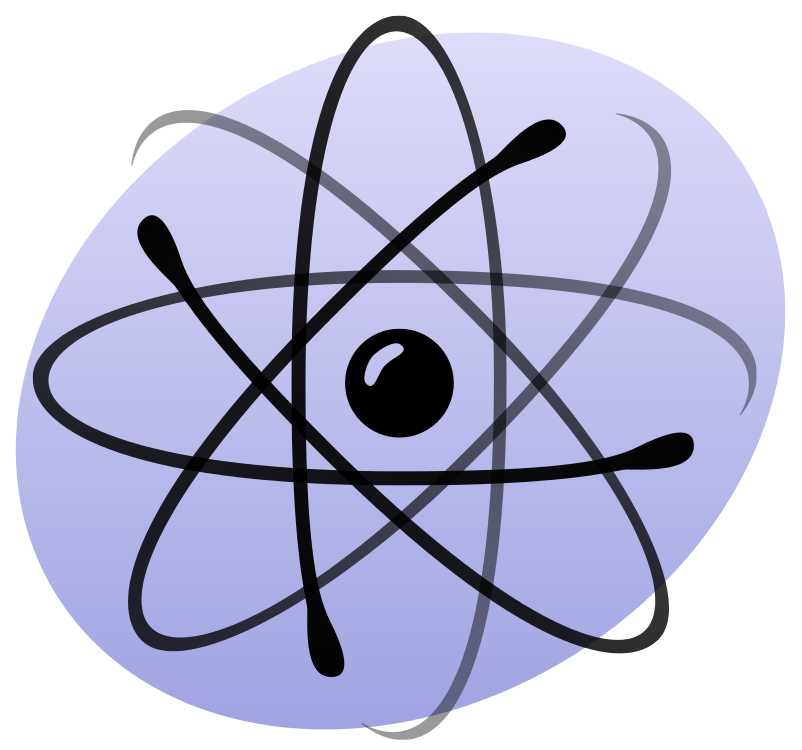The Hidden History of Math’s Most Powerful Concept
When you see something like f(x) = x², it probably reminds you of high school math. But the concept of a function goes far deeper—it’s one of the most powerful and universal ideas in all of mathematics. From ancient curves to modern code, here’s how functions became the language of relationships.
📜 1. Before Functions Had a Name
(Ancient Greece to the Renaissance)
Before math was abstract, it was geometric. Greek mathematicians like Euclid focused on shapes, not equations. But hidden inside their geometry were early hints of functional thinking.
- When slicing a cone to form a parabola, you’re essentially plotting y = x²—even if they didn’t call it that.
- During the Islamic Golden Age, al-Khwarizmi and Omar Khayyam advanced algebraic thinking, solving equations that implied relationships between variables.
🧠 2. Leibniz Coins the Term “Function”
(Late 1600s)
The word function first appears in 1673 in the work of Gottfried Wilhelm Leibniz. For him, a function meant anything derived from a curve—like its slope or curvature.
At the same time, Isaac Newton used terms like fluxions and fluents in his version of calculus, focusing on how quantities change over time.
✍️ 3. Euler Defines the Modern Function
(1700s)
In the 1700s, Leonhard Euler took the concept of a function to a whole new level. He introduced the notation f(x) and defined functions as formulas involving variables and constants.
🗣 Euler in 1748: “A function of a variable quantity is an analytic expression composed in any way from that variable and numbers or constant quantities.”
Euler also considered piecewise functions and non-algebraic functions, expanding what mathematicians thought functions could be.
⚖️ 4. Dirichlet Redefines Precision
(1800s)
Fast forward to the 19th century: German mathematician Dirichlet proposed a much broader and more rigorous definition of a function.
🧾 A function is any rule that assigns exactly one output to every input.
This opened the door to “weird” examples like the Dirichlet function, which is 1 for rational numbers and 0 for irrationals—no smooth curve, just a logic-based definition.
🔢 5. Cantor, Sets, and Abstraction
(Late 1800s)
As math entered its abstract era, Georg Cantor and others defined functions purely as sets of ordered pairs.
- Now, a function was just a set where each input (x) matched one output (y)—no need for a formula at all.
- This set-theoretic view became the foundation for modern logic, algebra, and even programming.
🤖 6. From Math to Machines
(1900s–Today)
In the 20th and 21st centuries, functions exploded in relevance:
- Physics: Motion, waves, forces
- Calculus & Analysis: Limits, derivatives, integrals
- Computer Science: Functions as reusable programs, logic gates, lambda calculus
- Machine Learning: Cost functions, neural network activations, optimization
- Everyday Tech: Functions power the apps, tools, and algorithms we use daily
🧩 Conclusion: A Small Word with Infinite Power
The journey of the function spans geometry, calculus, set theory, programming, and data science. It started as a tool to describe curves and has become the framework we use to model the universe, structure logic, and power technology.
💡 Next time you write f(x), you’re connecting with centuries of mathematical evolution.
✨ Bonus: Timeline of the Function
| Year | Milestone | Contributor |
|---|---|---|
| ~300 BCE | Geometric relationships | Euclid (Greece) |
| ~820 AD | Algebraic equations | al-Khwarizmi (Persia) |
| 1673 | “Function” coined | Leibniz (Germany) |
| 1748 | f(x) notation + formal definition | Euler (Switzerland) |
| 1837 | Abstract definition of function | Dirichlet (Germany) |
| 1870s | Set-theoretic foundation | Cantor (Germany) |
